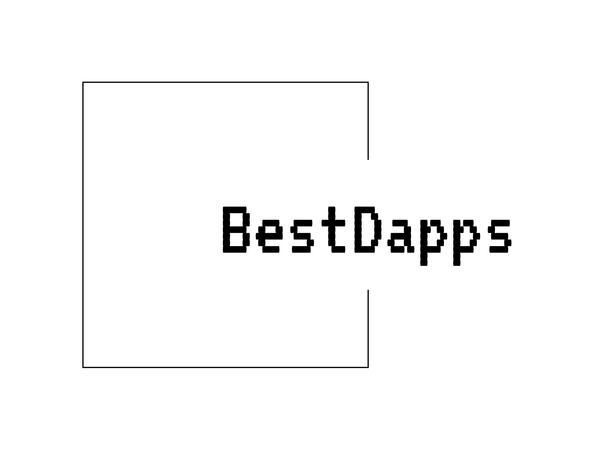
Governance Unplugged: Navigating Dogecoin's Unique Structure
Share
Understanding Governance in Dogecoin (DOGE)
Dogecoin (DOGE) has gained significant attention in the cryptocurrency world for its fun and light-hearted nature. Originating from a popular internet meme, it has nonetheless positioned itself as a noteworthy digital asset. Yet, when it comes to governance, Dogecoin presents a unique scenario compared to other cryptocurrencies.
The Basics of Governance in Cryptocurrency
In the world of cryptocurrencies, governance refers to the mechanisms that control how changes are made to a blockchain. These mechanisms can be either on-chain or off-chain, and they dictate how decisions regarding the protocol are implemented. For many cryptocurrencies, having a defined governance model ensures that changes are systematically managed, often involving a community voting process or a foundation-led approach.
Dogecoin’s Governance Structure
Dogecoin, despite its popularity, does not have an inherently formal governance structure like some of its contemporary counterparts. Unlike projects such as Hedera Hashgraph which have a decoding-hederas-innovative-governance-model-march-27-2025, Dogecoin operates primarily on the contributions of its community and voluntary developers. This lack of formal governance can be seen as both a strength and a weakness, allowing for flexibility, but potentially leading to concerns about development momentum or direction.
Community-Driven Development
The Dogecoin community plays a crucial role in its ongoing development. While major decisions are often left to developers familiar with its codebase, the community has significant influence over proposed changes. Dogecoin’s open-source nature means that anyone can propose changes or improvements to its protocol. This community-driven approach is similar to the ethos of decentralization seen in governance-unleashed-near-protocol’s-community-driven-model-march-27-2025, though Dogecoin lacks the structured governance tokens or voting processes that other projects use.
The Role of Influencers and External Actors
In Dogecoin’s governance, notable influencers and public figures have played unexpectedly prominent roles. Public endorsements or critiques from figures in the tech industry have, on occasion, influenced the direction of Dogecoin development more than any formalized governance process. This can pose challenges as decisions may be more susceptible to public influence rather than technical merit.
Challenges and Considerations
The lack of a formal governance structure raises questions about Dogecoin’s sustainability and capacity to adapt in a rapidly evolving tech landscape. While it thrives on community support, it periodically faces hurdles that more structured governance models might address systematically. Understanding this dynamic is crucial for stakeholders who are keen on participating in or developing the protocol further.
